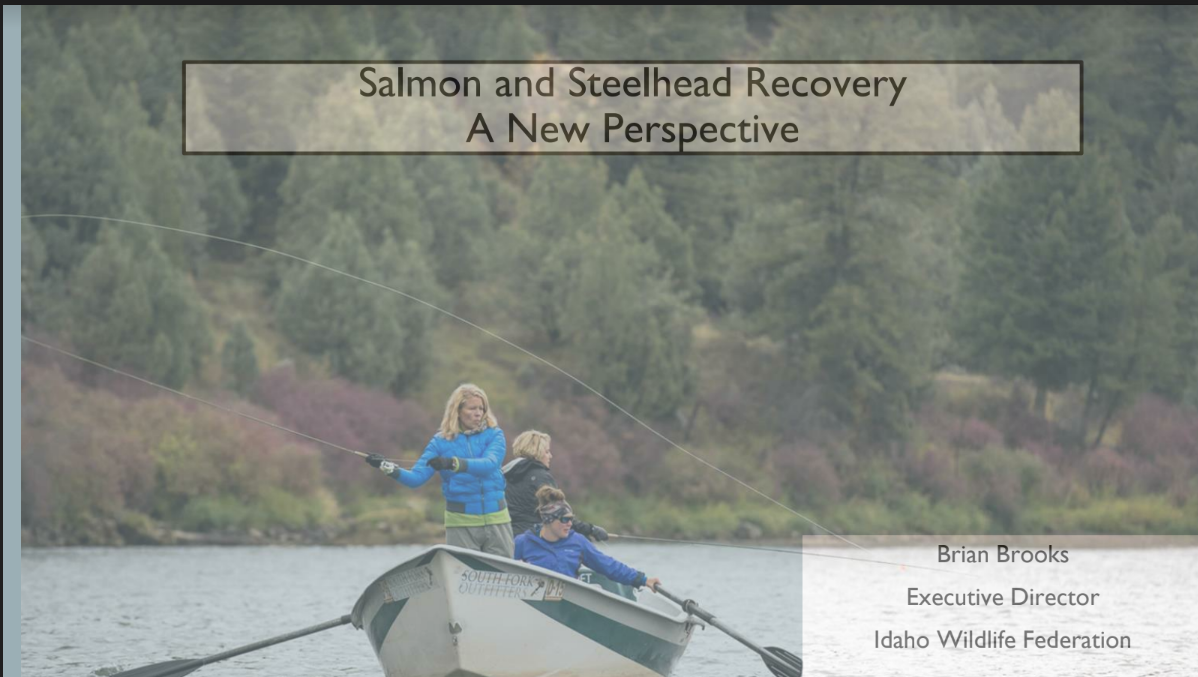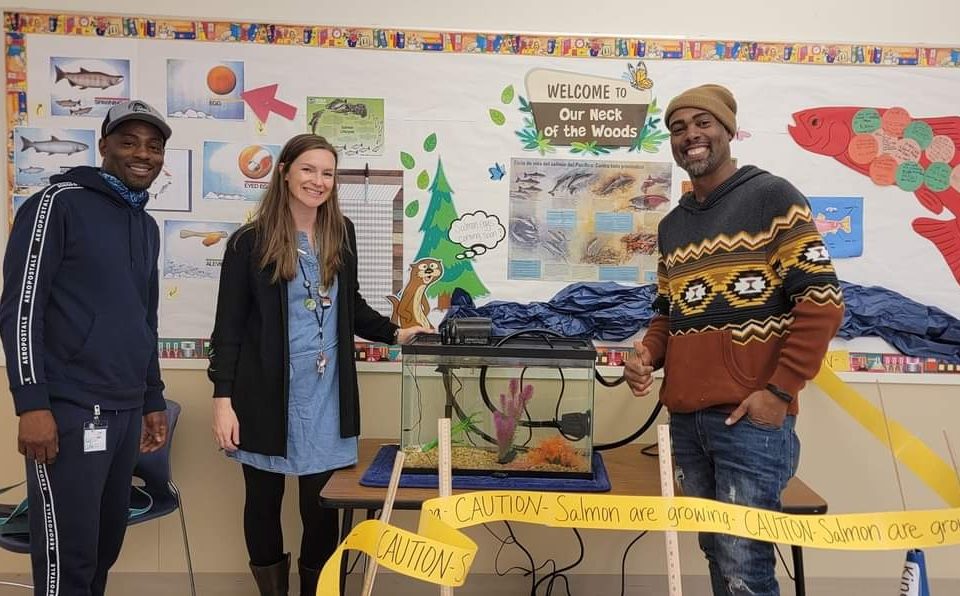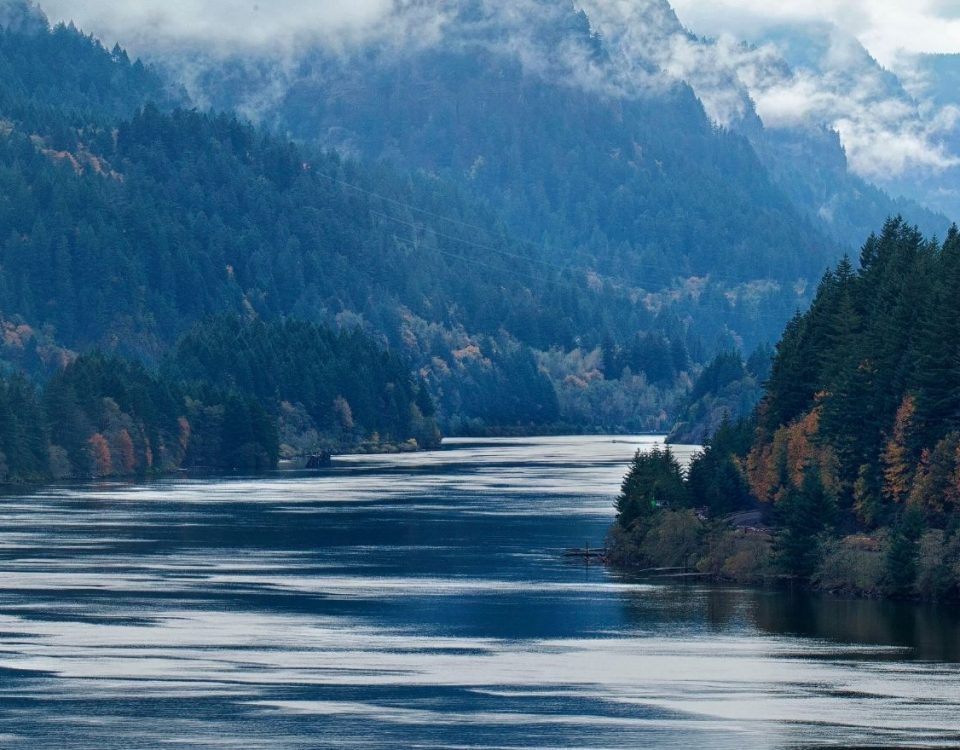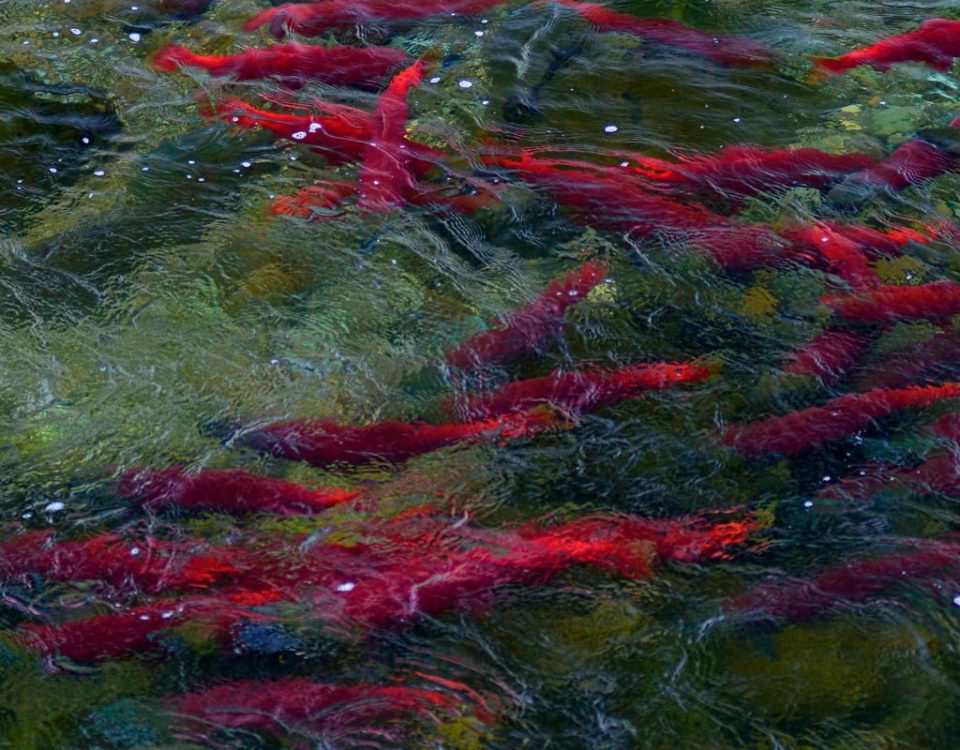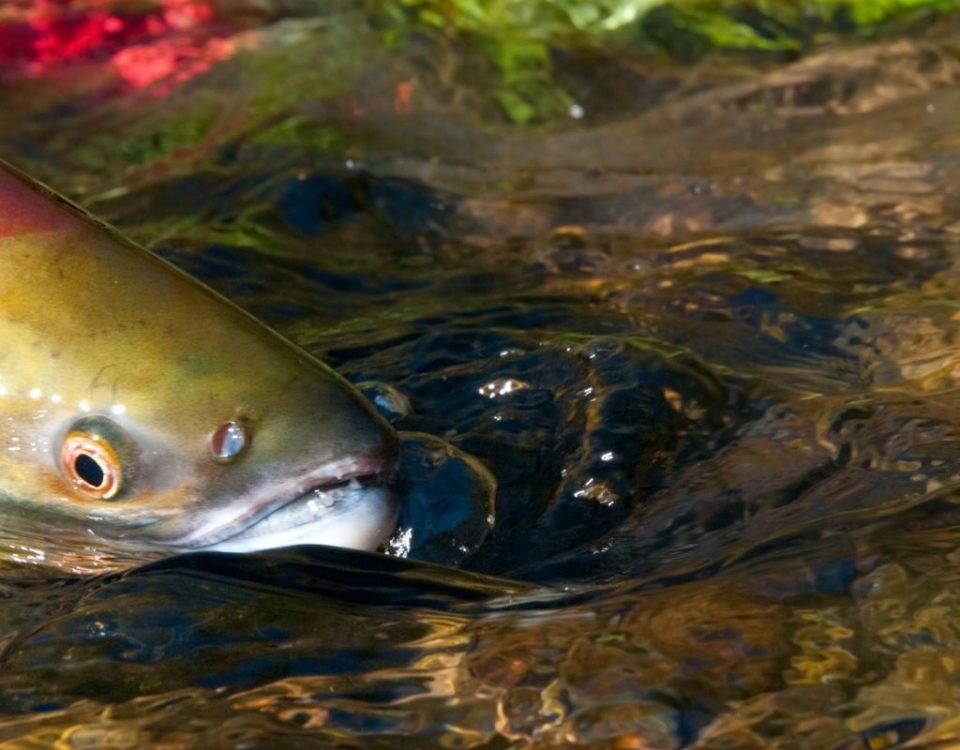
It's Time to Restore the Lower Snake River
The Issue at a Glance
Snake River Salmon and Steelhead are Counting on Us
The Association of Northwest Steelheaders is dedicated to removing the Lower Granite, Little Goose, Lower Monumental, and Ice Harbor dams on the lower Snake River, which have been decimating endangered fish populations since they were built between 1955-1975.
Restoring a free-flowing lower Snake River is essential to achieving four important goals:
Our Historic Opportunity
Restoring a free-flowing lower Snake River will improve fishing opportunities on the lower Columbia
Check out our webinar from September 2020 to learn more about why lower Columbia anglers need to push for Snake River restoration if we want to recover meaningful fishing seasons and salmon runs.Dams Threaten Fish
Dams are difficult barriers that fish must pass during their migrations to and from their spawning grounds. Dams cause substantial stress to the fish and result in injury, reducing their overall fitness and ability to successfully complete the 900+ mile migrations.
Dams reduce the speed that water flows through the Snake and Columbia River systems, more than tripling the time it historically took for these fish to migrate out to the sea.
Dams increase the water temperature of the river, causing the mainstem Columbia to exceed the 70-degree threshold that salmon and steelhead can survive in for much of the summer each year.
Predators such as sea lions have become accustomed to preying on salmon that are in queue to use the fish ladders, increasing the threats that salmon face on this journey.
Snake River News
What folks are saying about Snake River salmon and steelhead
Breaching the Lower Snake River dams “is the most certain and robust solution to SR salmon and steelhead recovery. No other action has the potential to improve overall survival two to three-fold and simultaneously address both the orca and salmon recovery dilemma”
“We need to stop thinking about what currently exists and ask ourselves, ‘What do we want the Northwest to look like in 10, 20, 30, 40, 50 years?”
“Historically, the Columbia River Basin was the largest salmon producing river system in the world…we are now struggling at about one percent of their historical potential. That is inexcusable for a system that is so iconic, for a species that is so iconic, for a system that is so magnificent.”
“Communities must have the opportunity to collaboratively develop a transition plan to ensure the region’s needs will continue to be met. We can work together to ensure federal and state investments would replace the dams’ benefits and help impacted communities. We must insist that the people who depend on the lower Snake River have a say in its future. We must insist on a path forward that works for salmon and people.”

